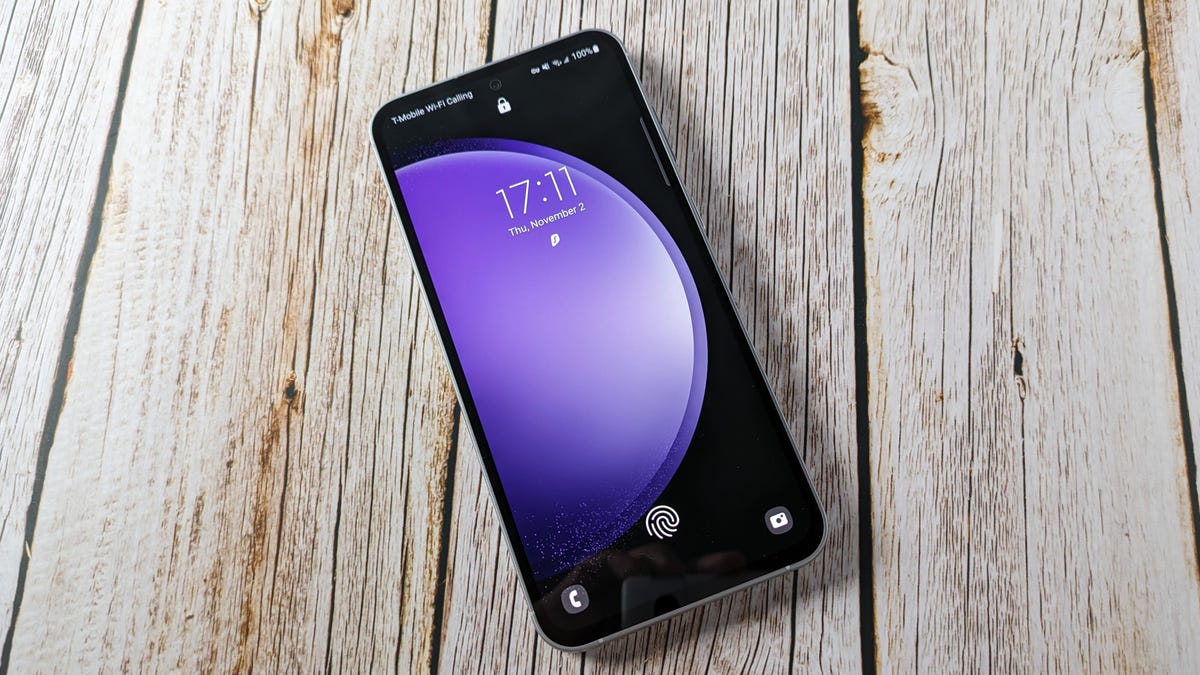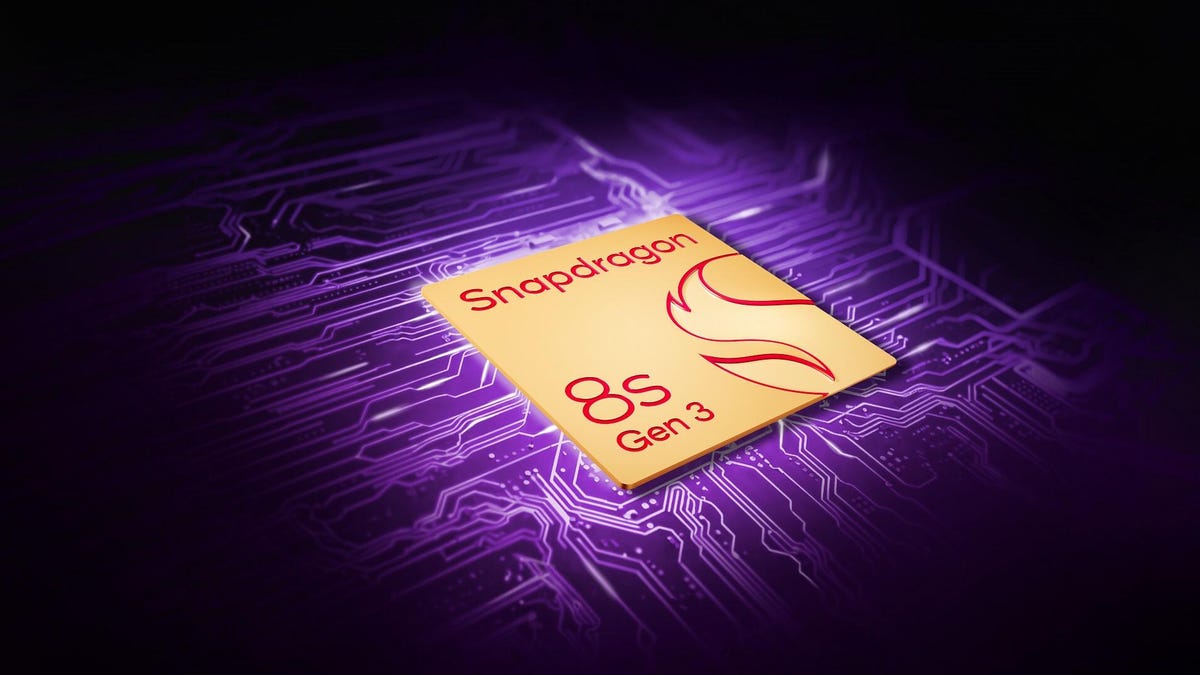Qualcomm’s first mobile chip with on-device generative AI, the Snapdragon 8 Gen 3, launched late last year to power high-end Android phones in 2024. Now Qualcomm is introducing a new chip in the series. The Snapdragon 8S Gen 3 aims to bring those top-tier features to midrange devices.
This is the first “S” version of a chip that Qualcomm has released, and it offers generative AI at a lower price. The company described the 8S Gen 3 as a bridge between the top-of-the-line Snapdragon 8 Gen 3 and the Snapdragon 8 Gen 2, which powered last year’s premium Android phones.
Read more: Best Phones Under $500
But whereas the 8 Gen 3 powers phones like the Samsung Galaxy S24 series and the OnePlus 12, both of which are priced at upward of $800, the 8S Gen 3 is meant for handsets in the $500 to $800 range. Xiaomi, Honor, Realme, Redmi and other manufacturers will release 8S Gen 3-powered phones soon, with the first coming in a few months.
Qualcomm’s goal is to trickle down premium features to cheaper phones, most notably generative AI. The 8S Gen 3 is capable of supporting 30 AI models, including Meta’s Llama 2 and Google’s Gemini and over 10 billion parameters in AI, the same as the Snapdragon 8 Gen 3. The company noted that the 8S Gen 3’s generative AI features include some applications we’ve seen before, like enhancing voice assistants and using stable diffusion to generate images.
Watch this: Best of MWC 2024: Bendable Screens, AI Wearables and More
Qualcomm previously said that lower-tier chips built for more affordable phones, like the previously announced Snapdragon 7 Gen 3, would have a “graceful degradation” of AI capabilities compared to the top-tier 8 Gen 3. The new chip’s top performance is lower than the Snapdragon 8 Gen 3. This means its AI capabilities are more limited, taking longer to generate images and words, and it lacks features like Fast Stable Diffusion and Speculative Decoding, which are supported in Qualcomm’s top-end chip.
While we don’t have benchmarks for the 8S Gen 3 yet, its core processor clock speeds are lower than the 8 Gen 3 and it doesn’t have the top-of-the-line components found in other Qualcomm chips. Its X70 modem isn’t as advanced as the X75 modem in the 8 Gen 3, but it still supports Snapdragon Satellite and Snapdragon Seamless, the company’s proprietary connected device ecosystem feature.
In addition to on-device generative AI, the chip supports other premium features like up to 200-megapixel cameras and ray tracing for gaming, giving brands an option for an up-to-date 8-series chip to put in more affordable phones. The 7 Gen 3 may be comparable, but the 7-series chipsets may not get a new version every year, Qualcomm said.

Phone makers might choose the 8S chip for phones that cost between $500 and $800. Currently companies use older chips in this price range. The Samsung Galaxy S24 FE uses a Snapdragon 8 Gen 1.
While brands typically pick the latest Snapdragon 8-series chip for their top-end phones, with sub-premium phones they often opt for older chips to save on costs. For example, last year’s Samsung Galaxy S23 FE (which had a $600 launch price) packs a Snapdragon 8 Gen 1 rather than a Snapdragon 8 Gen 2 that appeared in other phones of that year. Presumably, brands in this situation could choose the 8S Gen 3 instead.
The 8S Gen 3 is one of a growing number of mobile chips with on-device generative AI, from Snapdragon’s offerings to the MediaTek Dimensity 9300 and Dimensity 8300. We still haven’t seen many must-have generative AI features, but they could help more premium Android phones distinguish themselves from the competition.
Editors’ note: CNET is using an AI engine to help create some stories. For more, see this post.





















Discussion about this post